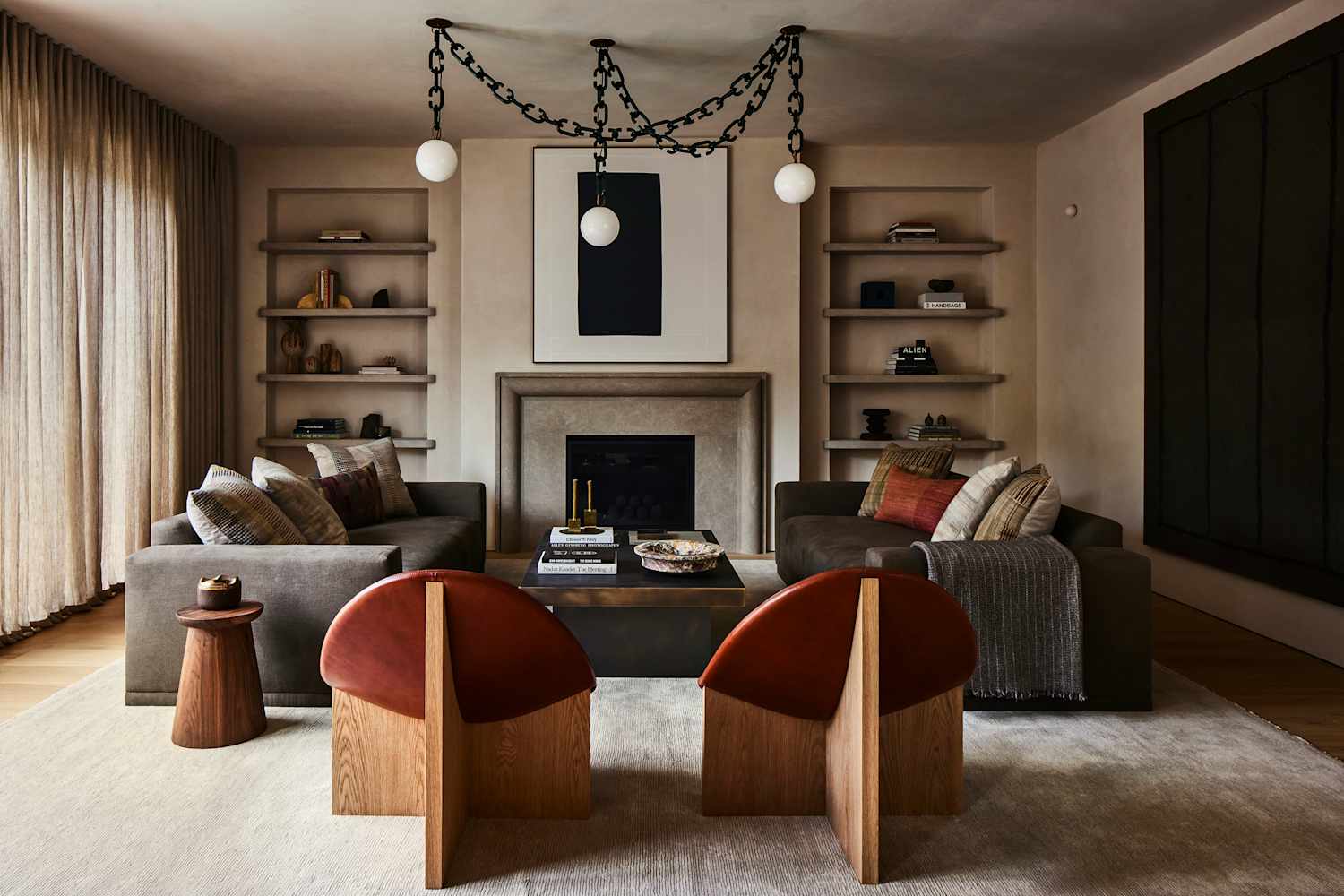
"Modern design is one of those terms in home decor that feels like a moving target. Modern, by its definition according to Webster's Dictionary, is "of, relating to, or characteristic of the present or the immediate past; contemporary."So what does that mean when "of the present or the immediate past" is constantly moving forward? "Modern design is open-concept, with clean lines, and a flow through a home without clutter," explains Sallie Lord, principal and founder of Virginia-based GreyHunt Interiors."
"If it feels like "modern" is super broad when it comes to interior design, you won't be surprised to learn that designers agree. Megan Pflug, founder and principal designer of Megan Pflug Designs, explains that the category can even be interpreted as two different things. "With a capital M, it refers to the mid-century movement, with clean lines, metal, glass, and wood," explains Pflug, referencing a design aesthetic that, while pinpointed to the 1940s through 1970s, is still active today."
Modern interior design centers on open-concept layouts, clean lines, and uncluttered flow that emphasize functional, stylish living. The style favors bold, high-impact lines and accents alongside sleek materials to balance contemporary trends with timeless appeal. Modern can denote mid-century modern—with metal, glass, and wood and minimalist forms—or the broader contemporary sense that evolves over time. Core principles include minimal ornamentation, an emphasis on functionality, and occasional industrial touches. Modern design rejects ornate, decorative excess in favor of streamlined forms, strategic accents, and a focus on usable, visually impactful spaces. The style adapts with decades while maintaining emphasis on stylish function and material quality.
Read at Apartment Therapy
Unable to calculate read time
Collection
[
|
...
]